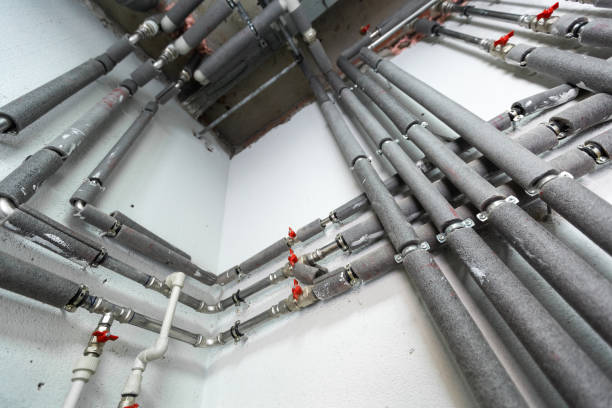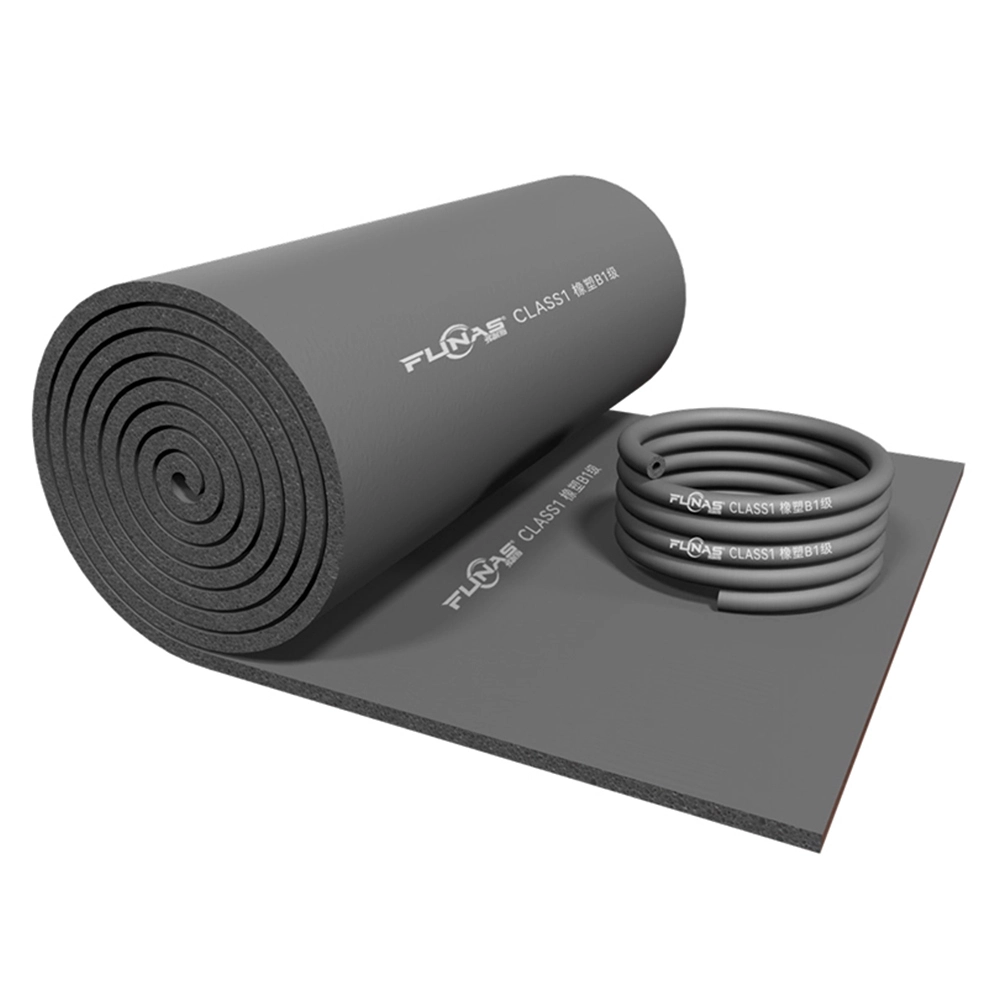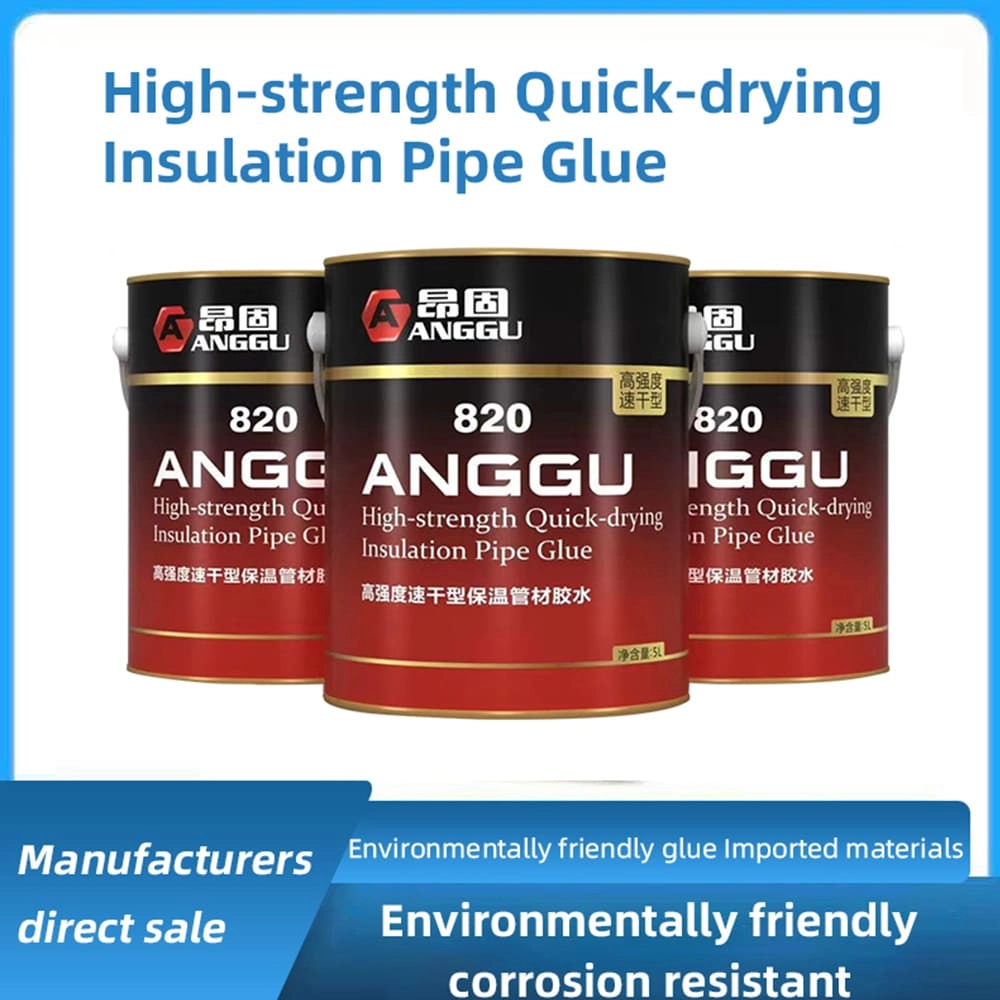Which Pipes to Insulate: A Practical Guide for Homeowners
Discover which pipes to insulate with this practical guide for homeowners by FUNAS. Learn how proper pipe insulation saves energy, prevents freezing, and reduces costs. Find expert tips on which pipes to insulate for optimal home protection.
- Introduction
- Why Pipe Insulation Matters
- Which Pipes Should You Insulate?
- Hot Water Pipes
- Cold Water Pipes
- Pipes in Unheated Areas
- Outdoor Pipes
- Types of Pipe Insulation Materials
- Foam Insulation
- Rubber Insulation
- Fiberglass Insulation
- Polyethylene Insulation
- Tools and Materials Needed
- Step-by-Step Guide to Insulating Pipes
- Step 1: Choose the Right Insulation Material
- Step 2: Measure the Pipes Accurately
- Step 3: Cut and Install the Insulation
- Step 4: Secure the Insulation Properly
- Step 5: Check for Gaps and Seal Them
- Common Mistakes to Avoid When Insulating Pipes
- Conclusion
- FAQs
Introduction
Why Pipe Insulation Matters
Which Pipes Should You Insulate?
Hot Water Pipes
Cold Water Pipes
Pipes in Unheated Areas
Outdoor Pipes
Types of Pipe Insulation Materials

Foam Insulation
Rubber Insulation
Fiberglass Insulation
Polyethylene Insulation
Tools and Materials Needed
-
Insulation Material: Choose based on your specific needs—foam, rubber, fiberglass, or polyethylene.
-
Utility Knife: For cutting insulation to the required length.
-
Measuring Tape: To measure the length and diameter of pipes accurately.
-
Insulation Tape or Zip Ties: To secure the insulation in place.
-
Gloves and Safety Glasses: Especially important when handling fiberglass insulation.
-
Step-by-Step Guide to Insulating Pipes

Step 1: Choose the Right Insulation Material
Step 2: Measure the Pipes Accurately
Step 3: Cut and Install the Insulation
Step 4: Secure the Insulation Properly
Step 5: Check for Gaps and Seal Them
Common Mistakes to Avoid When Insulating Pipes
-
Don't Use the Wrong Material: Ensure the insulation material matches the pipe's temperature requirements.
-
Don't Leave Gaps: Uncovered sections can lead to heat loss or freezing.
-
Don't Overlook Outdoor Pipes: These are often the most vulnerable to freezing.
-
Don't Ignore Safety Precautions: Always wear protective gear when handling insulation materials, especially fiberglass.
-
Don't Forget to Secure the Insulation: Loose insulation can slip off, rendering it ineffective.
Conclusion
FAQs

The Ultimate Guide to Glass Wool Insulation 2026

Top 10 Foam Rubber Sheet Manufacturers for Insulation & More

Top 14 Rock Wool Panel Brands: Expert Guide for 2026

Top 10 Insulation Adhesives for Heat & Soundproofing 2026
service
What is your shipping and delivery process like?
We offer reliable logistics services for insulation material wholesale, both domestically and internationally. Our team ensures secure packaging, timely shipping, and real-time tracking so that your order reaches you in perfect condition and on schedule.
Are your rubber foam products environmentally friendly?
Yes, our insulation products are designed with sustainability in mind. They help reduce energy consumption by minimizing heat loss and gain, and they are made from durable materials that have a long life cycle, reducing the need for frequent replacement.
FAQ
What types of rubber foam insulation do you offer?
We offer a wide range of rubber foam insulation with different thicknesses and specifications. Thermal insulation material manufacturer FUNAS sleeves and sheets are suitable for different application scenarios.
How do I choose the right insulation for my project?
Our team can help you choose the best material for heat insulation based on your specific needs, such as thermal resistance, acoustic properties, and environmental conditions.
You might also like

Wholesale Perfect Fire Resistant Performance High Strength Acoustic Mineral Wool Insulation Rock Wool Board Panel Plain Slab
Rock wool board, that is, a kind of exterior insulation material. When the market share of 90% of the organic thermal insulation materials in the stagnant wait-and-see, as a fire rating of A-class exterior insulation inorganic material rock wool, has ushered in an unprecedented market opportunity.

Blue Rubber-plastic Tube Rubber foam pipe wholesale

Wholesale Rock Wool Mineral Wool Roll Blanket
Durable rock wool roll with outstanding fire resistance and insulation properties. Ideal for industrial and construction applications.

Wholesale Glass Wool Board Panel Sheet with or without aluminum foil
Premium glass wool board with excellent thermal insulation and sound absorption. Suitable for different construction needs.
Leave a message
Have any questions or concerns about our products? Please leave us a message here and our team will get back to you promptly.
Your queries, ideas, and collaboration opportunities are just a click away. Let’s start a conversation.


















































